How to Build an Ecommerce Chatbot from Scratch in 2025
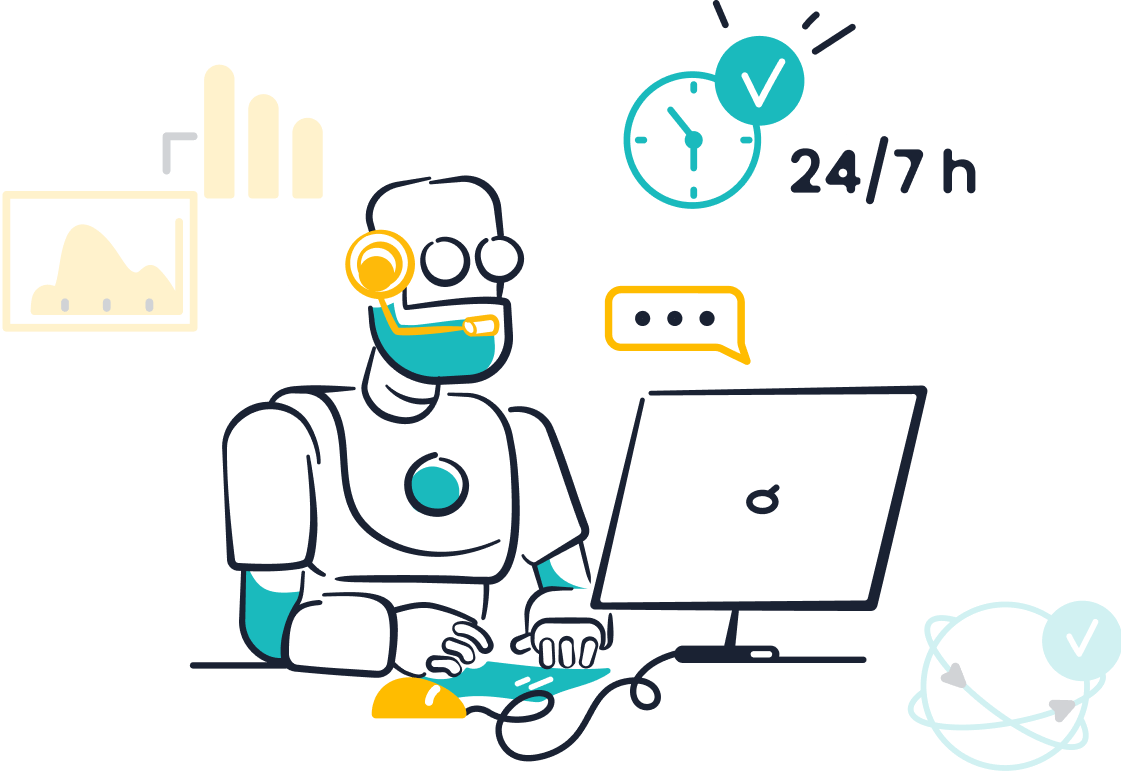
In 2025, ecommerce chatbots are redefining how businesses connect with their customers. These intelligent tools handle 64% of routine requests, ensuring faster responses and better experiences. Did you know the global chatbot market is projected to hit $27.3 billion by 2030? That’s because chatbots don’t just answer questions—they drive sales, streamline operations, and even convert 28% of website visitors into leads.
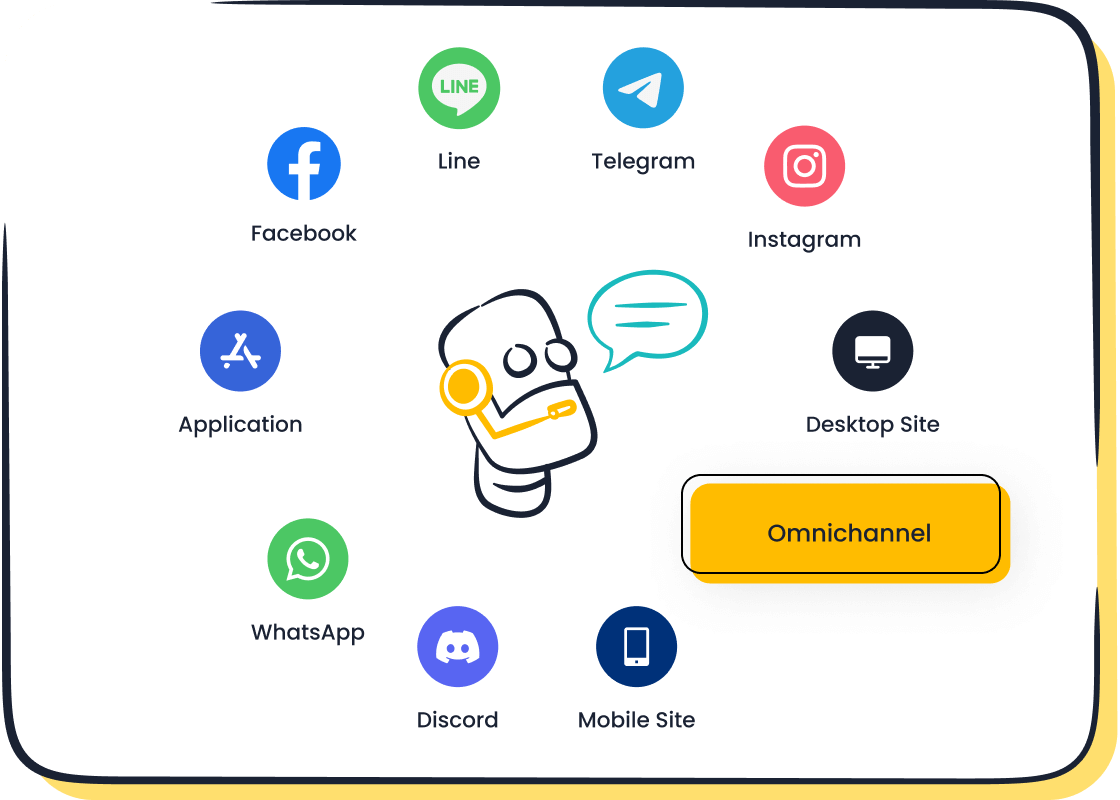
Take customer support, for example. Chatbots transform it by automating repetitive tasks, allowing human agents to focus on complex issues. They also enrich user experiences with personalized recommendations and real-time assistance. Sobot, a leader in AI-powered solutions, makes it easy to build ecommerce chatbots that deliver results. With features like multilingual support and customizable workflows, Sobot helps you turn browsers into buyers while cutting costs.
Ready to explore ecommerce chatbot examples and see what’s possible? Let’s dive in!
Step 1: Define the Purpose of Your Ecommerce Chatbot
Creating an ecommerce chatbot starts with a clear purpose. Without it, your chatbot risks becoming a tool that confuses customers instead of helping them. Let’s break this step into three essential parts.
Identify business goals and objectives.
What do you want your chatbot to achieve? Is it about boosting sales, improving customer support, or reducing cart abandonment? Defining these goals ensures your chatbot aligns with your business strategy. For example, if your focus is on increasing conversions, your chatbot can proactively recommend products or offer discounts.
Here’s how business metrics validate the importance of setting clear objectives:
| Metric | Description |
|---|---|
| Average Order Value (AOV) | Helps assess pricing strategies and the chatbot’s impact on upselling. |
| Conversion Rate | Shows how well your chatbot turns visitors into buyers. |
| Recovered Carts | Tracks how effectively the chatbot reduces cart abandonment. |
| Total Revenue | Measures the financial impact of chatbot interactions. |
| Order Status Requests | Highlights how the chatbot enhances customer satisfaction by providing real-time updates. |
When you define use cases—like handling FAQs or recommending products—you ensure your chatbot addresses specific problems. This alignment boosts customer engagement and drives sales.
Understand your target audience and their needs.
Your chatbot should speak your audience’s language—literally and figuratively. AI-driven chatbots analyze queries to deliver personalized responses, making interactions more meaningful. Did you know 74% of internet users prefer chatbots for simple questions? And 64% value 24/7 availability.
To design a chatbot that resonates, consider these audience preferences:
- 35% of users rely on chatbots for complaints or detailed information.
- Warm language styles appeal to present-oriented customers, while competent styles work better for future-focused ones.
- Positive chatbot experiences improve overall brand perception.
Sobot’s multilingual AI chatbot excels in tailoring responses to diverse audiences, ensuring every customer feels heard and valued.
Explore ecommerce chatbot examples for inspiration.
Looking at successful ecommerce chatbot examples can spark ideas for your own design. H&M’s chatbot helps customers with product recommendations and order tracking, while Nike’s Stylebot lets users design custom sneakers. Sephora’s chatbot provides makeup advice and tutorials, deeply engaging users.
For a practical ecommerce chatbot demo, consider Sobot’s AI-powered chatbot. It offers omnichannel support, proactive messaging, and no-code tutorial options, making it easy to create a custom AI chatbot that fits your business needs.
These examples show how chatbots can transform ecommerce experiences, whether it’s simplifying shopping or boosting engagement.
Step 2: Choose the Right Tools to Build a Chatbot
Building an ecommerce chatbot starts with choosing the right tools. The platform you select can make or break your chatbot’s success. Let’s explore what you need to know.
Overview of chatbot-building platforms, including Sobot Chatbot.
Not all chatbot platforms are created equal. Some focus on simplicity, while others prioritize scalability or advanced features. Here’s a quick comparison:
| Platform | Scalability | Ease of Use | Cost (Starting) |
|---|---|---|---|
| ChatBot | High | No-code | $15/agent/month |
| Tidio | Medium | No-code | 29 Euros/month |
| Intercom | High | No-code | $74/month |
Sobot Chatbot stands out with its AI-powered capabilities, multilingual support, and no-code interface. It’s designed for ecommerce businesses that want to automate customer interactions without sacrificing personalization. Plus, it integrates seamlessly with platforms like WhatsApp and SMS, making omnichannel communication a breeze.
Did you know 73% of users expect websites to feature chatbots? And businesses using bots report a 67% increase in sales. These stats highlight why choosing the right platform is crucial for your ecommerce chatbot’s success.

Key factors to consider: scalability, ease of use, and cost.
When selecting a platform, focus on three key factors:
- Scalability: Your chatbot should grow with your business. Platforms like Sobot offer robust scalability, ensuring your chatbot can handle increasing traffic and queries.
- Ease of Use: A no-code interface saves time and effort. Sobot’s point-and-click design lets you create workflows without technical expertise.
- Cost: Budget matters. While some platforms start at $15/month, Sobot provides cost-effective solutions that deliver high ROI by reducing service costs and boosting conversions.
These factors ensure your chatbot aligns with your business goals and delivers value.
Prerequisites: accounts, APIs, and hosting options.
Before diving into chatbot implementation, you’ll need a few essentials:
- Accounts: Set up user authentication to manage access and data.
- APIs: Integrate your chatbot with ecommerce platforms, payment gateways, and other services.
- Hosting Options: Decide whether to host your chatbot on local servers or cloud services. Cloud hosting offers flexibility and scalability, making it ideal for ecommerce businesses.
Sobot simplifies these prerequisites by offering built-in integrations and secure hosting options. With its intuitive setup, you can focus on creating a chatbot that enhances customer experiences.
Step 3: Design an Engaging Chatbot Flow

Creating an engaging chatbot flow is essential to ensure your ecommerce chatbot delivers a seamless experience. A well-designed flow keeps users engaged, resolves their queries efficiently, and drives conversions. Let’s break this down step by step.
Create a user-friendly welcome message and default replies.
First impressions matter. Your chatbot’s welcome message sets the tone for the entire interaction. Greet users warmly and guide them on how to use the chatbot effectively. For example, 1-800-Flowers uses a chatbot named Gwyn that welcomes customers with a friendly message and helps them find gifts. This approach has led to over 70% of orders coming from new customers, proving the power of a good introduction.
Here’s how you can craft an effective welcome message:
- Greet users with a friendly tone.
- Provide clear instructions on how to interact with the chatbot.
- Offer quick access to popular features like product search or order tracking.
Default replies also play a crucial role. They ensure users don’t feel stuck when the chatbot doesn’t understand a query. Use simple, helpful responses like, “I didn’t catch that. Could you rephrase?” This keeps the conversation flowing and maintains user satisfaction.
Map out conversation paths tailored to ecommerce scenarios.
Your chatbot should anticipate user needs and guide them through logical conversation paths. For ecommerce applications, this means addressing scenarios like product recommendations, order tracking, and checkout assistance. Mapping these paths ensures users can navigate the chatbot easily.
Usability testing and A/B testing can help refine these paths. For instance:
- Usability testing evaluates how intuitive the chatbot’s flow is.
- A/B testing compares different conversational styles to identify user preferences.
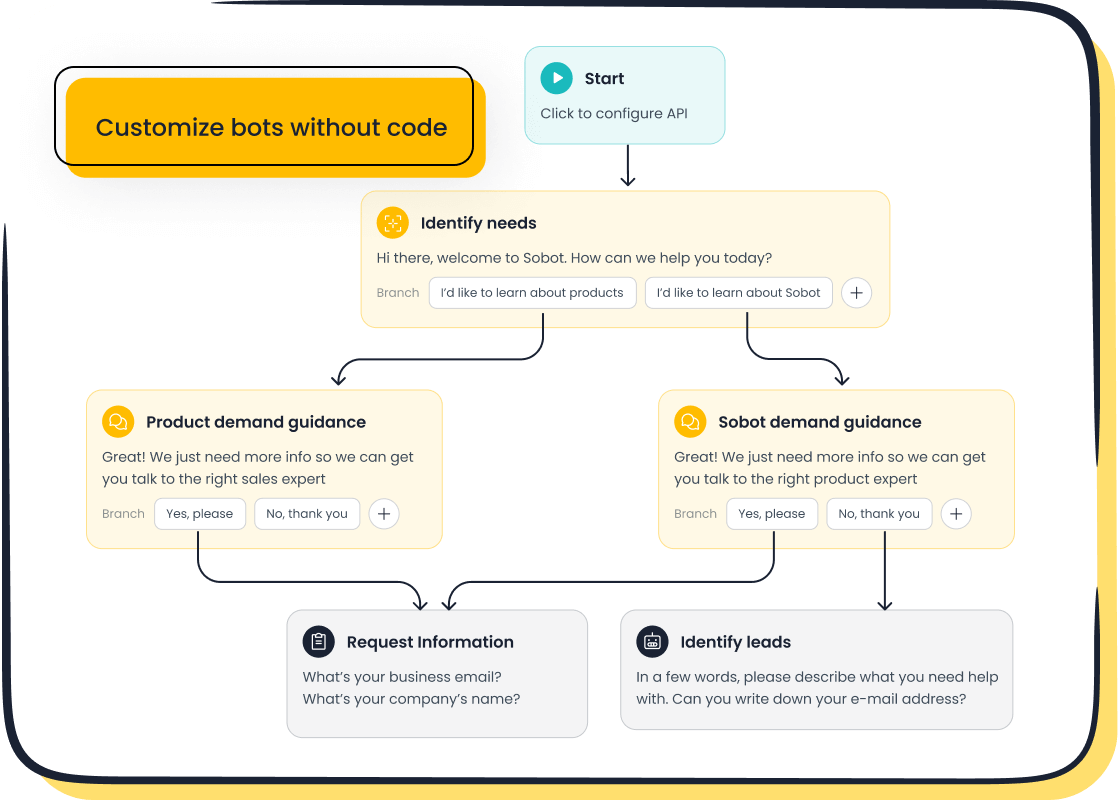
These methods ensure your chatbot feels natural and engaging. Sobot’s AI-powered chatbot simplifies this process with pre-built templates for ecommerce scenarios, saving you time while delivering a polished experience.
Incorporate personalization and proactive messaging.
Personalization transforms your chatbot from a tool into a trusted assistant. Use customer data to tailor responses, recommend products, or offer discounts. For example, if a user browses sneakers, your chatbot can suggest matching accessories or highlight ongoing promotions.
Proactive messaging adds another layer of engagement. Instead of waiting for users to ask questions, your chatbot can initiate conversations. It might say, “Looking for something specific? I can help!” This approach boosts conversions and keeps users engaged.
Sobot’s ecommerce chatbot excels in personalization. Its AI analyzes user intent in real time, delivering customized responses that feel human. With features like proactive push messaging, Sobot helps you turn casual browsers into loyal customers.
Step 4: Integrate Essential Ecommerce Features
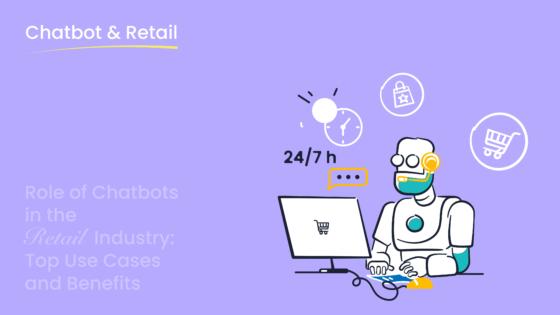
To make your ecommerce chatbot truly impactful, you need to integrate features that enhance the shopping experience. Let’s explore three must-have functionalities.
Add product catalogs and search functionality.
Your chatbot should act as a virtual shopping assistant, helping users find what they need quickly. By integrating your product catalog, you allow customers to browse items, check availability, and even compare options—all within the chat interface. Adding a robust search function ensures users can locate products effortlessly, reducing frustration and boosting satisfaction.
- Faster product discovery increases the likelihood of a sale.
- Clear, well-structured catalog data helps customers make informed decisions.
- Happy customers leave better reviews, which improves your brand reputation.
For example, Sobot’s ecommerce chatbot supports dynamic product catalogs and AI-driven search capabilities. It predicts user needs based on browsing behavior, making the shopping experience smoother and more engaging. Studies show that chatbots with these features drive higher conversion rates by simplifying the buying process.
Implement secure payment systems and checkout processes.
A seamless checkout process is critical for reducing cart abandonment. Your chatbot should guide users through secure payment options, ensuring their data stays protected. AI-powered payment systems, like those supported by Sobot, offer real-time fraud detection and smart authentication to minimize risks.
| Case Study | Key Findings |
|---|---|
| Visa | Fraud prevention systems reduce financial losses. |
| Checkout.com | Optimized routing speeds up transactions and improves satisfaction. |
| J.P. Morgan | AI applications enhance operational performance and customer retention. |
Businesses using AI in payments report fewer chargebacks and faster processing times. These improvements not only build trust but also encourage repeat purchases. With Sobot’s chatbot, you can integrate secure payment gateways effortlessly, ensuring a smooth and safe checkout experience.
Enable order tracking and real-time status updates.
Post-purchase communication is just as important as the shopping experience itself. Your chatbot should provide real-time order tracking to keep customers informed. This feature reduces anxiety and builds trust, especially for time-sensitive deliveries.
- 43% of shoppers say real-time tracking improves their delivery experience.
- 91% of consumers actively track their packages, with 39% checking daily.
- 69% of customers are less likely to shop again if their package arrives late.
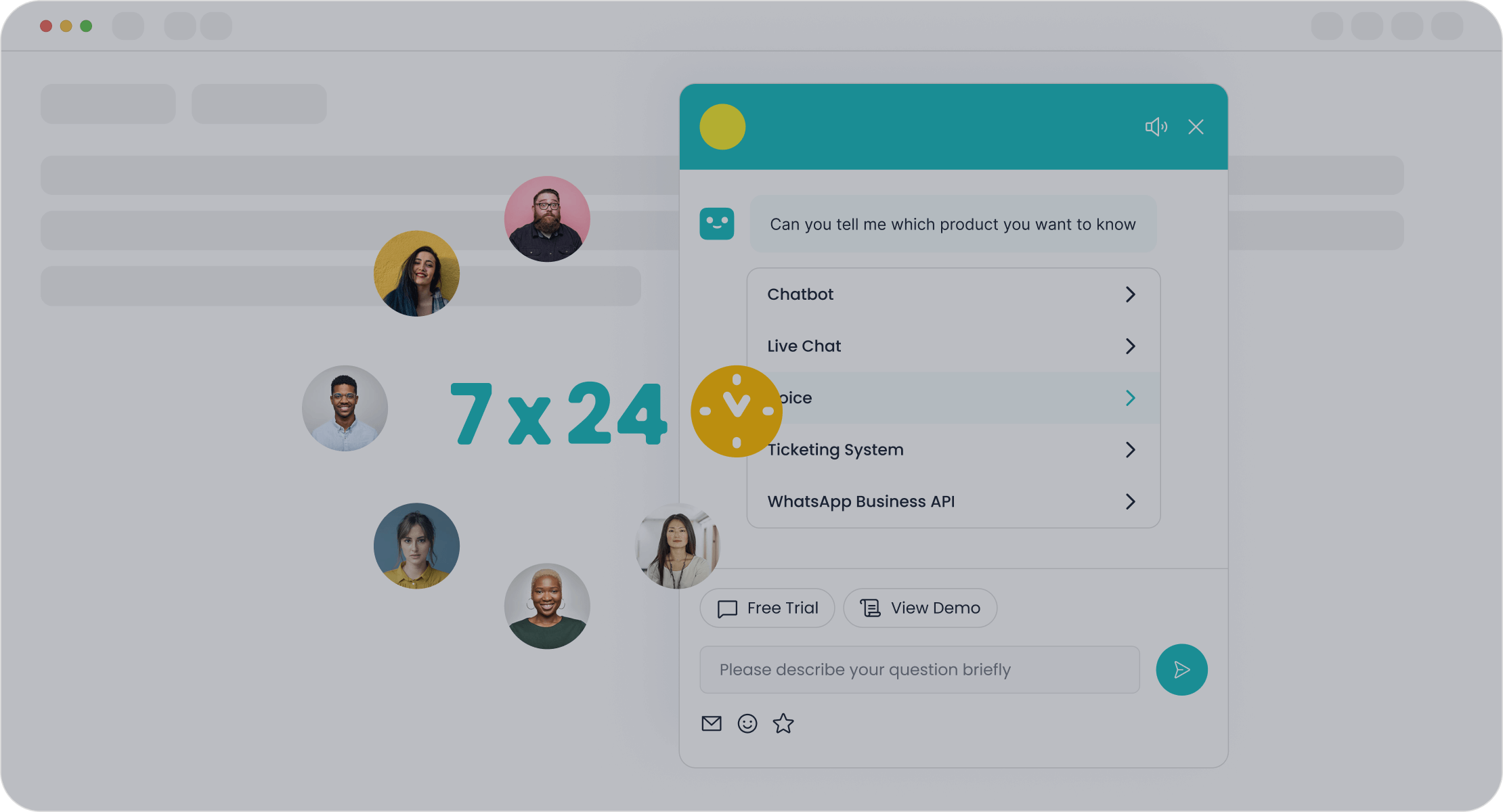
Sobot’s ecommerce chatbot excels in this area by offering proactive updates on order status. It can notify customers about shipping progress, estimated delivery times, and any delays. These updates not only improve satisfaction but also encourage loyalty.
By integrating these essential features, your ecommerce chatbot becomes a powerful tool for driving sales, improving customer satisfaction, and building trust.
Step 5: Test and Deploy Your Ecommerce Chatbot
Once you’ve designed your ecommerce chatbot, it’s time to ensure it works flawlessly before introducing it to your customers. Testing and deployment are critical steps that can make or break your chatbot’s success. Let’s walk through how to get it right.
Conduct functionality and user experience testing.
Before you deploy your chatbot, you need to test its features and performance. Start by running functionality tests to confirm that every feature works as intended. Does the chatbot respond accurately to user queries? Can it handle product searches, order tracking, and payment processes without glitches?
Next, focus on user experience testing. This involves evaluating how intuitive and engaging the chatbot feels. For example:
- Functional Testing: Ensure the chatbot understands user inputs and provides accurate responses.
- User Experience Testing: Check the conversational flow and interface for smooth interactions.
- Load Testing: Simulate high traffic to see how the chatbot performs under pressure.
You can also conduct User Acceptance Testing (UAT) by inviting a small group of users to interact with the chatbot. Their feedback will help you refine its responses and improve overall usability.
Debug errors and optimize chatbot responses.
Even the best-designed chatbots can encounter errors. Debugging ensures your chatbot is ready for real-world use. Start by monitoring metrics like response time and error rates. If the chatbot takes too long to reply or struggles with certain queries, identify the bottlenecks.
Here’s how you can optimize performance:
- Analyze slow transactions to pinpoint time-consuming components.
- Use caching for frequently requested responses to reduce latency.
- Monitor retrieval accuracy to ensure the chatbot understands user intent.
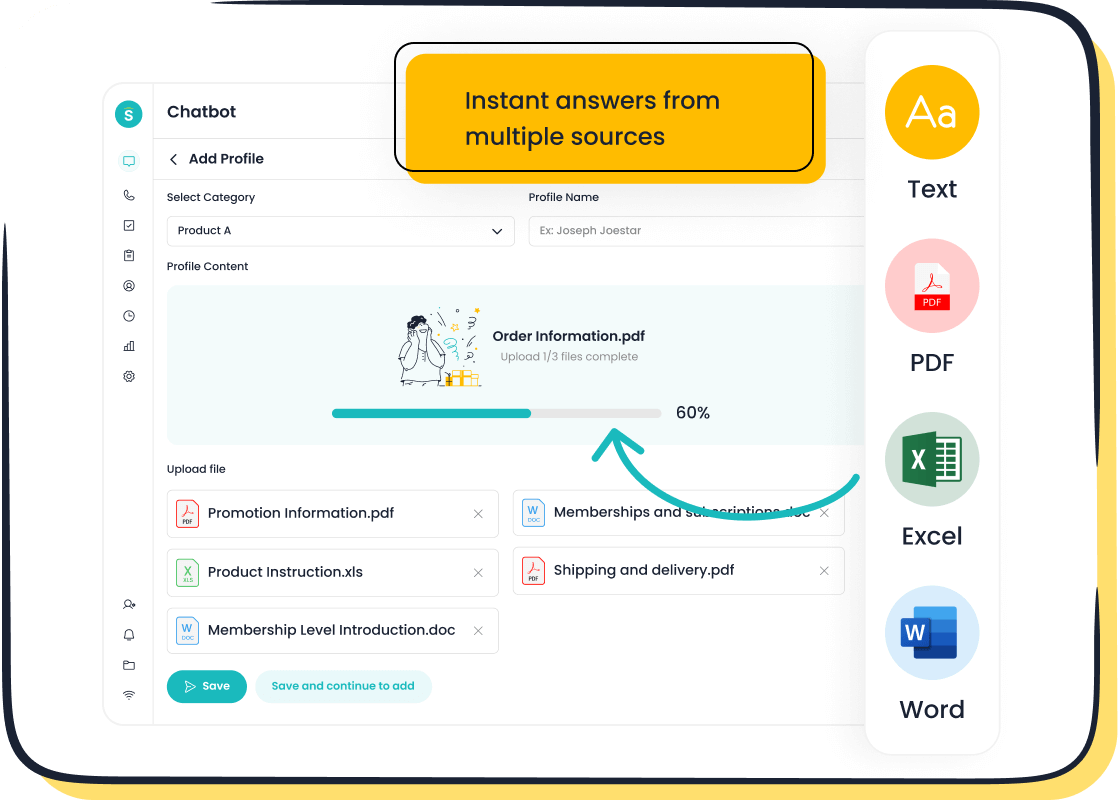
For example, Sobot’s AI-powered chatbot uses advanced tools to track performance and refine responses. It prioritizes conversational coherence and minimizes errors, ensuring a seamless user experience.
Deploy the chatbot on platforms like websites, apps, or social media.
Now it’s time to deploy your chatbot where your customers are most active. Whether it’s your website, mobile app, or social media channels, the goal is to make the chatbot easily accessible. Start with a soft launch to a limited audience. This allows you to gather feedback and make final adjustments before a full-scale rollout.
For instance, Sobot’s omnichannel support makes deployment simple. You can integrate the chatbot across platforms like WhatsApp, SMS, and Facebook Messenger. This ensures consistent customer interactions, no matter where they engage with your brand.
Remember to monitor performance after deployment. Track metrics like engagement levels and user retention to measure the chatbot’s impact. With the right strategy, you’ll turn your chatbot into a powerful tool for driving ecommerce success.
Step 6: Monitor and Optimize Chatbot Performance
Once your ecommerce chatbot is live, the work doesn’t stop there. To ensure it continues to deliver value, you need to monitor its performance and make regular improvements. Let’s explore how you can do this effectively.
Use analytics to track performance and user engagement.
Analytics are your best friend when it comes to understanding how well your chatbot is performing. By tracking key metrics, you can identify what’s working and what needs improvement. Here are some important data points to monitor:
- User engagement
- Task completion rates
- Response accuracy
- Customer satisfaction scores
- Conversion rates
For example, if your chatbot’s task completion rate is low, it might indicate unclear conversation paths or missing features. Tools like Chatling’s analytics can even provide heatmaps to show peak interaction times and user behavior patterns. This helps you refine your chatbot’s flow and improve user experience.
“Measuring chatbot performance involves systematically collecting and analyzing key metrics using specialized analytics tools, which track user interactions, satisfaction levels, and response effectiveness.”
Gather feedback to improve chatbot functionality.
Numbers tell part of the story, but user feedback fills in the gaps. Direct input from your customers can reveal issues that analytics might miss, like confusing responses or unmet expectations.
Consider implementing feedback mechanisms such as post-chat surveys or thumbs-up/thumbs-down ratings. For instance, if users frequently rate a specific response poorly, it’s a clear signal to revisit that part of the chatbot’s logic.
| Aspect | Description |
|---|---|
| Continuous Monitoring | Tracks chatbot performance through metrics like user engagement and query resolution. |
| User Feedback | Provides insights that raw data cannot, helping to identify nuanced issues and unexpected use cases. |
| Iterative Improvement Process | Involves continuous cycles of monitoring, analysis, and enhancement to adapt to changing user needs. |
Sobot’s AI-powered chatbot simplifies this process by offering built-in feedback collection tools. These insights allow you to fine-tune your chatbot and keep it aligned with user expectations.
Update features based on evolving business needs.
Your ecommerce business isn’t static, and neither should your chatbot be. Regular updates ensure it stays relevant and effective. For example, you might add real-time sentiment analysis to adapt responses based on user emotions or introduce attribute-based customization for tailored solutions.
| Strategy | Description | Impact |
|---|---|---|
| Real-time sentiment analysis | Adapts chatbot responses based on user emotions. | Reduced complaint resolution times by 30% and improved trust. |
| Adaptive learning | Refines personalization algorithms based on user behaviors. | Ensures long-term relevance and deeper customer engagement. |
| Iterative feedback loops | Analyzes real-world interactions for continuous improvement. | Enhances user satisfaction and aligns chatbot behavior with evolving business goals. |
Sobot’s chatbot excels in adaptive learning, using AI to refine its algorithms based on user interactions. This ensures your chatbot evolves alongside your business, keeping it a valuable asset in your ecommerce strategy.
Building an ecommerce chatbot might seem daunting, but following a step-by-step guide makes it manageable and rewarding. From defining your chatbot’s purpose to monitoring its performance, each step ensures your chatbot delivers value to your business and customers.

Sobot Chatbot stands out as a powerful tool for ecommerce businesses. It offers 24/7 customer service, reduces repetitive requests, and integrates seamlessly with CRM systems. These features not only enhance customer satisfaction but also drive business growth. For example, chatbots like Sobot’s analyze interactions to provide insights into customer preferences, helping you refine your strategies.
| Benefit/Feature | Description |
|---|---|
| 24/7 Customer Service | Chatbots provide round-the-clock assistance, ensuring customers receive help anytime. |
| Gain Valuable Customer Insights | Chatbots analyze interactions to provide insights into customer preferences and behaviors. |
| CRM Integration | Chatbots can connect with various CRM systems, streamlining operations and data management. |
| Reduce Customer Requests | They handle repetitive inquiries, reducing the workload on human agents. |
| Helps in E-commerce Business Growth | By enhancing customer experience, chatbots contribute to overall business growth. |
Now’s the time to take action. Start building your chatbot today and explore how Sobot’s solutions can transform your ecommerce operations. With Sobot, you’re not just creating a chatbot—you’re crafting a smarter, more efficient customer experience.
FAQ
What is an ecommerce chatbot, and why is it important?
An ecommerce chatbot is an AI-powered tool that interacts with customers on your website or app. It answers questions, recommends products, and even processes orders. Businesses using chatbots see a 67% increase in sales and save up to 50% on customer service costs.
Do I need coding skills to build an ecommerce chatbot?
Nope! Platforms like Sobot offer no-code interfaces. You can design workflows with simple drag-and-drop tools. This makes it easy for anyone to create a chatbot, even if you’ve never written a single line of code.
How can an ecommerce chatbot improve customer satisfaction?
Chatbots provide instant responses, 24/7 availability, and personalized recommendations. For example, Sobot’s multilingual chatbot ensures customers feel understood, no matter their language. These features reduce wait times and improve overall satisfaction.
Can I integrate my chatbot with social media platforms?
Yes, you can! Sobot’s ecommerce chatbot supports omnichannel integration. It works seamlessly on platforms like WhatsApp, Facebook Messenger, and SMS. This ensures your customers can reach you wherever they prefer.
How do I measure the success of my ecommerce chatbot?
Track metrics like user engagement, task completion rates, and conversion rates. For example, Sobot’s built-in analytics tools help you monitor performance and identify areas for improvement. Businesses using these insights often see a 20% boost in conversions.
See Also
Simple Ways to Integrate Chatbots on Your Website
Effortless Steps to Build a Website Chatbot
Designing a Chatbot That Ensures Website Success
